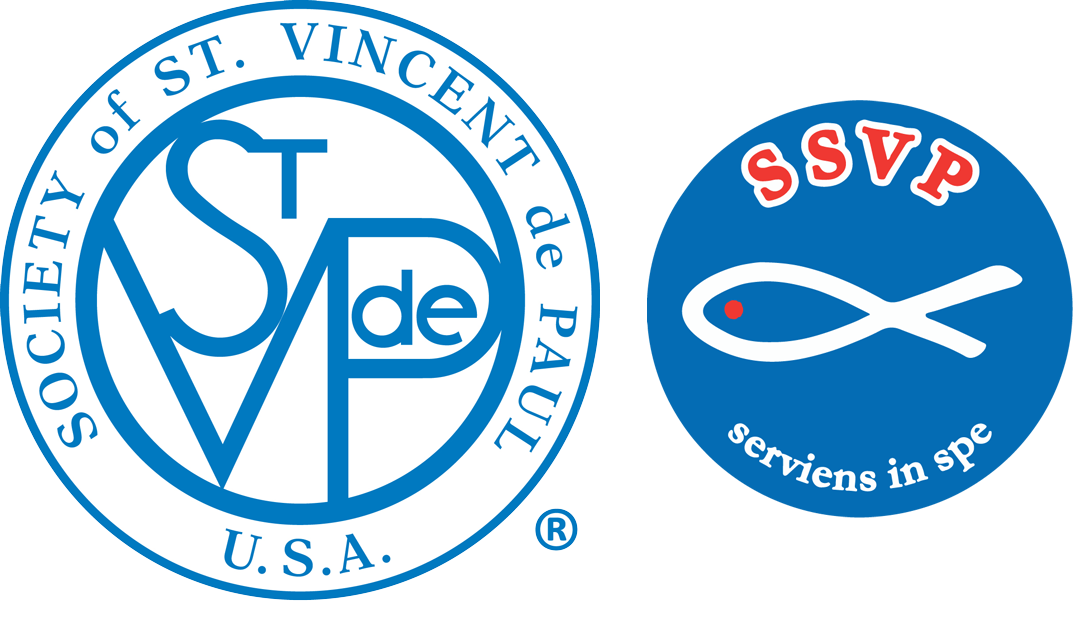COMMITTEE STRUCTURE
Committee structure should mirror the National Council committee structure. Additional committees can be formed. The committees below are critical to Council success. Every Council should have a:
- Governance Committee
- Voice of the Poor Committee
- Formation/Spirituality Committee
- Growth and Revitalization Committee
- Finance Committee
The above are not the only possibilities. Committees are advisory and a resource to help the Council/Board and/or management that doesn’t have time or expertise to research operational ideas.
When there is a difference of opinion between staff and Vincentians, the Vincentian’s access to a decision is to the Council/Board through a Council Liaison and the staff’s access to the Council/Board is through the Chief Executive Officer/Executive Director. The Council/Board makes all final decisions in case of conflict.
It is preferable that the Committee Chair is not a Board member. This increases Vincentian participation. It is recommended that no Vincentian should be a member of multiple committees. If a group of Vincentians are all on a number of committees together it creates a “Board” behind the Board as they can control the committee’s recommendations to the Board.
TAX EXEMPTION
Each Diocesan Council should have its own 501(c)(3) Tax ID number (EIN) and file a 990 Tax Return form annually as required. The National Council recommends that this tax-exemption should cover all subsidiary District Councils and Conferences (however, there are a number of possible corporate structures where this would not work well). Where there is no Diocesan Council, the District Council(s) should do this. The owner of the Tax ID number must file an annual 990 which includes the data from all of the subsidiaries that use that Tax ID.
The Society requires that all funds be separate from the Church and priests and deacons cannot be signers on Vincentian accounts. Because of this, Councils and Conferences are NOT to use the Diocese’s (or Parish’s) Tax ID number. Using their number would require turning over control of funds and operations to the Diocese/Parish.
DOING BUSINESS AS …
It is important for the Council/Board to understand the considerations that come into play when a Council allows its constituent Councils and Conferences to use its Tax ID (EIN). This creates a legal relationship between the Council and its constituents. It establishes what is known as a “doing business as” relationship. For example, the Council is doing business as “xxx Conference.” This relationship results in at least the following conditions:
- The Council becomes fully responsible for the finances and operations of its
subsidiary. - If anything improper is done by the subsidiary, the Council, as the legal entity, accepts the responsibility and will suffer any of the consequences that come into play.
- The subsidiary must provide to the Council a complete accounting of its finances and activity. This ensures the Council can submit a proper annual report to the Society aswell as an accurate 990 to IRS.
- The advantage to the subsidiary is that it does not have to submit its own 990 to IRS.
- The subsidiary cannot start any special programs or apply for grants without the approval/consent of the Council.
- The Council must ensure that all current and new leadership at Council and subsidiary levels must be informed of this relationship.
- The Council should also provide liability insurance coverage to its subsidiaries.
- The annual audit of the Council should include its subsidiaries.
We are not able to provide a complete treatise on this legal relationship. There may be more issues to be considered.
COUNCIL BYLAWS
Every Council and Conference is expected to have a set of bylaws. Bylaws should be up to date, meet state law and be within the guideline Rule of the Society. When the new Rule was established in 2003-05, the structure of the Society that was in the old Rule was removed and placed in bylaws. Therefore, the nationally approved structure of the Society is defined in 10 documents published by the National Council. Those documents are model bylaws representing various approved structures for Councils and Conferences.
*As an addendum to the above information drawn from Vincentian Life: Council, the 10 model bylaws are:
- Document 1. BYLAWS for Conferences without a Board of Directors
- Document 2. BYLAWS for Conferences with a Separate Board of Directors
- Document 3. BYLAWS for District Councils with a Separate Board of Directors
- Document 4. BYLAWS for Archdiocesan/Diocesan Councils with a Separate Board of Directors
- Document 5. BYLAWS for the National Council
- Document 6. BYLAWS for District Councils with an Integrated Board of Directors
- Document 7. BYLAWS for Archdiocesan/Diocesan Councils with an Integrated Board of Directors
- Document 8. BYLAWS for District Councils without a Board of Directors
- Document 9. BYLAWS for Archdiocesan/Diocesan Councils without a Board of Directors
- Document 10. BYLAWS for Conferences with an Integrated Board of Directors

